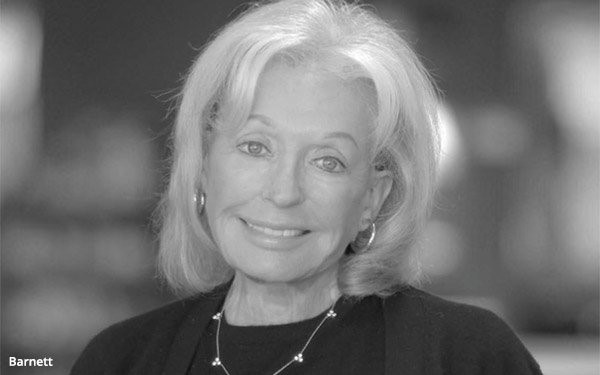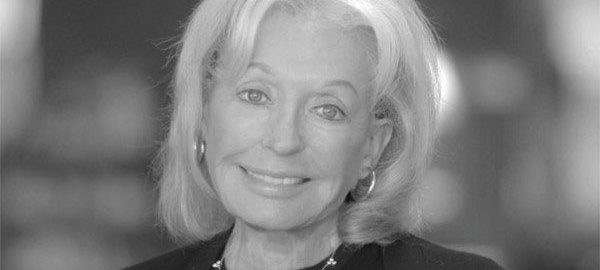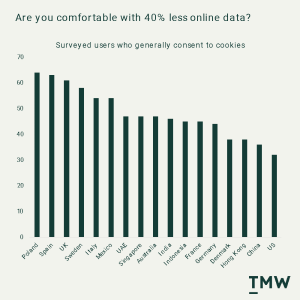Marketing-Mix Modeling Looking From The Bottom Up

Marilyn Barnett was an on-camera model for a local Detroit grocery store called Farmer Jack. Every week the store would run an ad.
When she decided her modeling days were done in 1972, she leaned into the cross-traffic of brands and retailers and founded a business called The Mars Agency, which began her work in marketing and media.
Barnett worked for the company for nearly 50 years. She passed in 2016, but her legacy lives on in the company’s ad and analytics platform.
“I’ve worked with the agency for 22 years, so I got a chance to work quite closely with her overtime,” said Jake Berry, executive vice president and general manager at The Mars Agency. “When we built this platform five years ago, we thought what better name than to name it after our founder.”
The Mars Agency has been working with clients for the past two years to integrate the technology and prove the analytics part of the Marilyn platform.
The plan is to roll it out globally based on metrics gathered from clients testing the technology.
Of the agency’s 35 major clients, about 25 are running on the Marilyn platform. Campbell’s is a customer.
Tests were run, simulated, and assessed using more than 20,000 shopper marketing programs to gain better clarity about marketing-mix modeling, which uses statistical modeling to find correlations between marketing investments and returns on investments at a closer level.
Typically, this is done from the top down, according to Berry, but this platform looks at it from the bottom up.
The data showed that clients who used The Mars Agency’s analytics system gained new insights and data, and by their second year of operating the system, their marketing performance rose 21% compared with the first year.
Berry said The Mars Agency is running a very similar process model to the one used to “judge the performance of TV, advertising versus print advertising — it sounds dated now to even think about it that way — but that’s essentially what you’re doing.”
It runs the same type of machine-learning models to look at all of the performance of spends with retailers, like large big-box retailers’ store activity.
While investments in commerce marketing have increased dramatically, the industry’s ability to measure and optimize performance remains largely unchanged. One challenge is the difficulty capturing thorough and accurate data in the Commerce Marketing space. A second challenge is an overreliance on “self reported” data from vendors and retail media networks that makes it difficult to understand which investments are the most effective. And that makes it difficult to improve media effectiveness and drive better business results.
Today, traditional marketing-mix models analyze the way clients have access. They only have very generic insight down at the bottom of the funnel — the retail part, he said.
Rather than clients being blind to their marketing mix, they now have clarity to drive improvements, he said.
The data can identify which of the campaigns are performing the best. The analyses also looked at major clients spending money. It’s difficult for clients to pick through the report data.
“The typical experiences every retailer tells you how great they’re doing, but at the end of the day your business results, don’t match the returns that the vendors are self-reporting,” he said. “We’re giving people an apples-to-apples way to truly compare what’s going on with their spend on one retail site, compared with another.”
(3)










